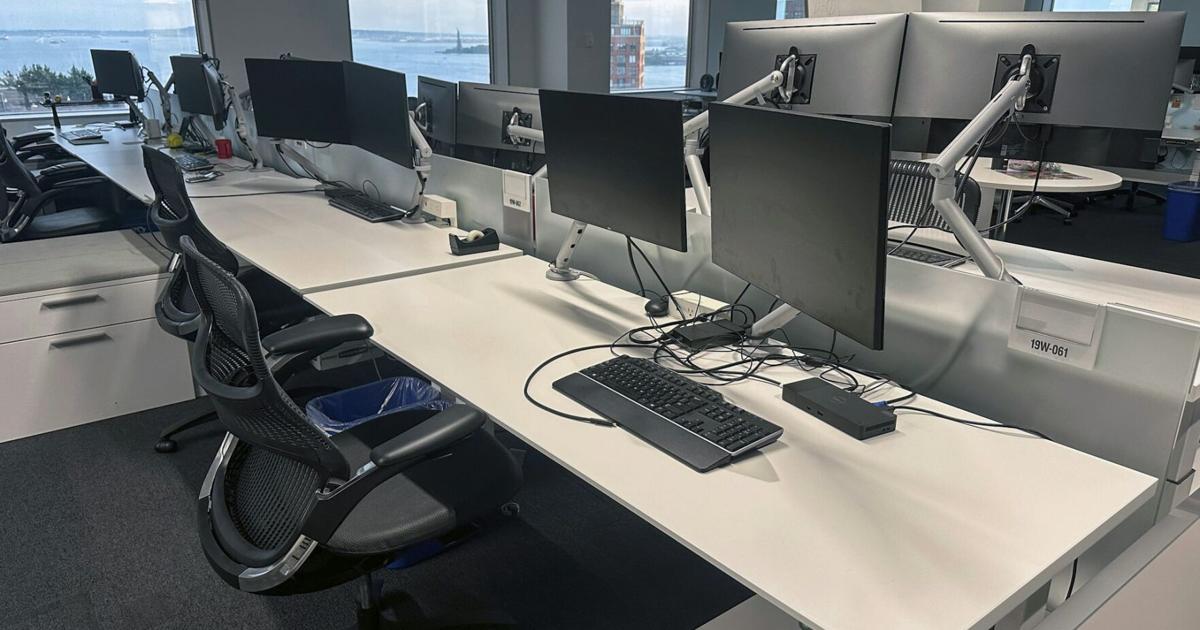A Shift in Work Culture
Five years after the COVID-19 pandemic reshaped office life, American workplaces are adapting to a new normal. Employees in remote-friendly jobs now work from home an average of 2.3 days each week, according to a research team tracking remote employment. For all workers, the average is 1.4 days a week, equating to 28% of their work time.
This marks a significant change from 2019, when remote work accounted for only 7% of paid workdays. Although this figure has decreased since the pandemic peak in 2020, when 61.5% of work was remote, it represents a giant leap from 1965, where less than 0.5% of workdays were done outside the office.
The Rise of Hybrid Work
In 2020, employers rapidly transitioned to remote work, with platforms like Zoom quickly becoming essential. Fast forward to today, many major companies, including JPMorgan, TikTok, and Amazon, are pushing for a full return to office work. However, this is not the prevailing trend. According to the Flex Index, which monitors over 10,000 U.S. companies, the push for fully in-office work has diminished from 49% in early 2023 to 32% by the end of 2024.
Conversely, hybrid work is gaining traction, with 43% of professional workplaces adopting this model by the end of 2024, up from 20% at the beginning of the year.
Industry Variations in Remote Work
The adoption of remote work varies significantly by industry, location, and company size. Industries such as technology, insurance, and media are among the most supportive of long-term remote and hybrid arrangements. Geographic preferences also play a role, with states like Massachusetts and California leading in remote work popularity, while states like Kentucky and Alaska lag behind.
Businesses with 500 or fewer employees are more likely to embrace remote work due to easier coordination in smaller teams. In contrast, larger employers often prefer hybrid models.
Employee Preferences
Employee preferences have evolved, with 35% favoring remote work, 40% hybrid, and 25% preferring in-office work in 2024. Notably, recent college graduates show a strong preference for hybrid schedules, with 65% opting for this model.
The ideal balance remains a point of contention: employees desire three days at home and two in the office, while employers lean towards the opposite.
The Future of Work
The future appears to favor hybrid models, although fully remote work remains viable. This is particularly beneficial for parents or those caring for others, as well as LGBTQ+ employees and people of color, who often prefer remote work to reduce workplace microaggressions.
On the fifth anniversary of the lockdown, it’s clear that there is no one-size-fits-all workplace solution, which is a positive development for many.






Comments
Join Our Community
Sign up to share your thoughts, engage with others, and become part of our growing community.
No comments yet
Be the first to share your thoughts and start the conversation!